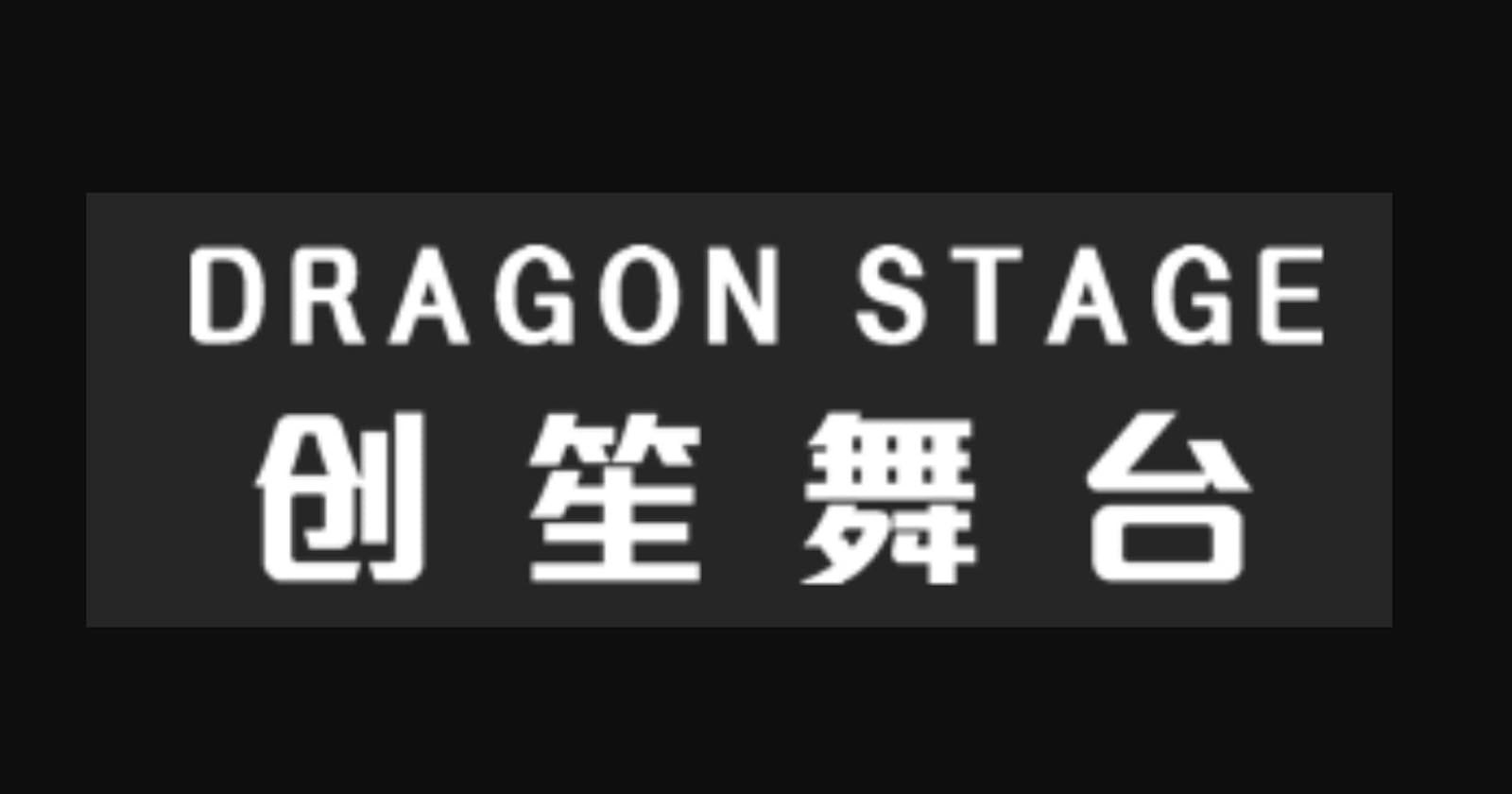In its most straightforward develop, a truss is a framework that may be taking advantage of the natural stableness as well as the weight syndication of triangle. The web of the triangles might be signed up with, and producing outcome causes stress to get uniformly distributed over the complete structure which can be dramatically much more light in weight than the walls produced from strong materials. Have more information about event barrier
By making use of this process, huge weight and stress can be safely kept with the stress-bearing beams, walls or ground, even if outside factors such as the breeze (noticeably existing truss constructions added to tall buildings) or vibrations (swaying of bridges because of traffic or maybe the breeze). These unequal forces are safely dispersed across whole truss composition. Since that time first truss structures grew to become first employed in Historic Egypt and much more commonly identified in the architectural project throughout Roman Empire, they started to be a vital part of modern structure on which numerous modern constructions are built, such as homes for billions of people all around the world.
Truss Benefits
Trusses are an important part of modern design and building. Because they can carry a lot weight on their own, their existence makes it possible for builders to accomplish maximal overall economy of materials, very easily cover sizeable ranges with simple truss meshes, uniformly go ahead and take stress from heavy components, quickly gain access to entire composition, reduce high-priced materials, and make components that happen to be readily available for maintenance after original construction.
Wooden trusses are most common and are available in the real estate industry as one of the very most common architectural designs for having roof or ceiling buildings. Trusses made out of wood are considered incredibly helpful because they can be easily made quickly on site, with very little inexpensive and available material necessary to create the composition that could carry big weight weight. Wood trusses could be used to span distance of up to 35 m, that is ample for the roll-out of very tough and long-enduring bridges.
Standard forms of truss:
Simple – A truss made from the single triangular, often employed for building less heavy roofing, helping ceiling structures, or delivering durability towards the metal frame of bikes (the central of each and every modern cycling design is actually a single triangle in between seats position, pedals and handles, and additional triangular that hooks up key triangle to the back tire) and lots of other lightweight components (like airplanes).
Planar – By connecting a lot more truss triangles, we obtain planar structures that talk about the load that may be added to them. Most often, the planar design includes the single reiterating design and are most frequently applied fro building of roofing and bridges.
Space Frame – Truss designs can be produced in 3 measurements, with tetrahedron simply being probably the most simple and widely used of space truss. It contains six distinct aspects that that meat at four bones. The mesh of space frame aspects is mostly applied in the construction of “floors” created along with just a couple of load bearing details which need to hold substantial weight in addition to them.
Truss Types
All truss buildings may be placed into two simple types of the common truss (produced from frequent triangles) and toned truss (through which custom made agreement of triangles is positioned involving parallel top and underside chords). Nevertheless, on the last two thousand several years, engineers and architects have devised dozens upon a large number of truss design techniques which can be today employed in numerous components including house flooring and ceilings on the bridges, hangars, buildings, facilities objects and travel vehicles from simple bikes to space rockets. Most popular truss kinds utilized nowadays in modern construction are:
Allan truss – Created as being an progression of Howe trusses (where diagonals slope toward the center of your connection), first connection of the design was developed in August of 1894 in Australia by civil engineer Percy Allan who throughout his career made above 580 bridges. Alan truss designs increase the number of Howe trusses, enabling the development of considerably longer bridges which can be maintained by one or maybe more support things.
Bailey link – Originally designed during WWII for easy set up on site during military services engagements utilizing pre-fabricated parts. Right now, timber and steel variations of these bridges can be used as useful for carrying pedestrians, road and rail vehicles.
Baltimore truss – A difference of Pratt trusses that makes use of an extra bracing in the decrease sections of the link truss network. It can be used mostly for having rail transport.
Bollman truss – Very rare truss type that survives today in the only bridge from the design left ranking. Bollman Truss Railroad Bridge in Savage, Maryland characteristics cutting edge all-metal design.
Bowstring truss – Copyrighted in 1841, bowstring is one of the very most preferred truss designs for small truss bridges.
Brown truss – Extremely popular truss design which includes diagonal cross compression associates which are coupled to the horizontal top and bottom stringers. They are mostly utilized for bridges made out of wood, most notably protected bridges.
Burr arch truss – Another truss design which is used a lot in the production of covered bridges. As well as the standard planar triangular truss design, it also functions an arch that offers entire composition additional strength and solidity.
Cantilevered truss – A truss network that may be positioned on the cantilevered bridges, whose principal decks are heavily attached through the central vertical spars. Most bridges on this design have trusses positioned both above (where construction is placed under compression) and below (where fill is positioned under anxiety) the key decks of your link.
Fink truss - A distinctive hunting truss design that may be positioned only within the decks of bridges (usually suitable for having train or road vehicle transport). At the time of its production in 1860, a Fink truss empowered the development of the greatest all-metal bridges in the world.
Howe truss - An increasingly popular truss type in which functions triage diagonals that slope upward toward the center. Several smaller sized bridges and architectural solutions for homes function this simple design.
K-truss – Link variety which includes various kinds triangles, who in the center of the composition from the regular and inverted character of “K”
Kingpost truss – An evolution from the least complicated to create “Simple” truss, which is boosted by using a single top to bottom support line.
Queenpost truss – Similar as Kingpost truss, however with added horizontal extension that divides two diagonal outside works with.
Waddell truss – Another very simple truss design. It utilizes a single high triangular that is certainly established with two inward-going through triangles.
Lattice truss – This truss type requirements use of a big number of small and closely spread out diagonal factors that form a lattice. This design is generally employed for the development of light-weight components (created from wood, steel or steel) such as smaller bridges or hangars.
Lenticular truss – Design of this truss type is comprised from your major lens-shape truss that is certainly heightened above the main deck of the bridge. This camera lens is divided into two parts, with both upper and lower arches getting their network of trusses. If the deck of your link is positioned in the midsection from the camera lens, then that connection is known as lenticular pony truss.
Long truss – Based on the Howe Truss, but manufactured exclusively from wood. The lengthiest enduring link on this sort is Eldean Covered Link north of Troy, Ohio. Built in 1860, this bridge covers the distance of 68 utilizing one central anchor stage.
Parker truss – It is a quite popular truss design that as opposed to the sleek arch characteristics rigged arch that directly connects the sides of the truss mesh. It closely is similar to bowstring arch truss. It is also called camelback truss design.
Pegram truss – It is a hybrid of Pegram truss designs, with the highest variation is that upper chords are all of the identical lengths, and lower ones are lengthier.
Pennsylvania (Petit) truss – Truss sort whoever reduced portion of the mesh are additionally established with a lot more triangles.
Pratt truss – Quite popular truss design where diagonal can handle slope down toward center (whilst in Howe trusses are directed in the opposing course). This design enables the roll-out of buildings which may have covers of 76 meters between anchor points. Bridges with this design were very commonly created from a midst of 19th and early on 20th century.
Thatcher truss – A unusual difference of Pratt and Howe truss design.
Truss arch - An arch bridge whose inverse arch is made through the truss mesh below the main deck of your fill. Vertical facilitates connect this arch towards the decking. It can be used the roll-out of medium-scaled bridges that may even carry heavy railroad transport.
Vierendeel truss – A truss design that will not employs normal triangular factors, but rigid rectangle availabilities and strong reinforcements using their company aspects and connectors. Right now it can most commonly be located only in Belgium. Only one movable fill of this design is available today.
Warren truss – A very simple truss design that includes two parallel chords and equally sized triangles put into in between. This successful design is well-liked not just in construction but additionally in production a great number of other machines and systems. As an example, very early two-winged aeroplanes employed light-weight Warren truss mesh to strengthen the dwelling of your wings.
Whipple truss – Another variety of the Pratt truss design, but made with vertical bars which are presented along with a wide range of diagonal associates (lightweight and place in a shallower direction that allows them to cross one or higher top to bottom bars) made to work together to ease tension from the rest of the composition.

